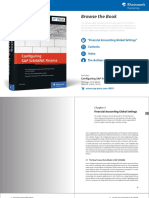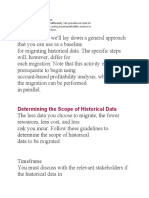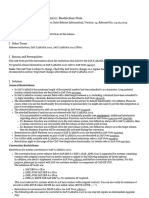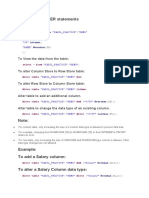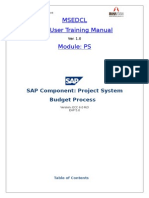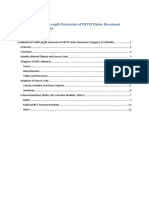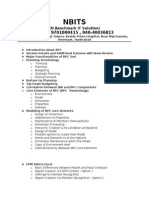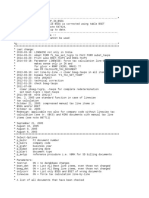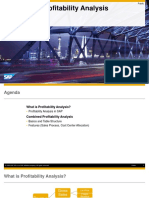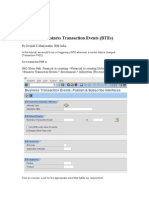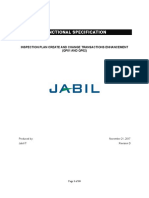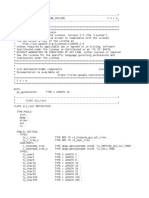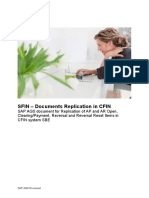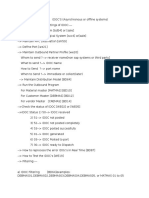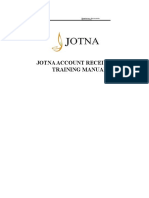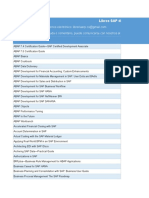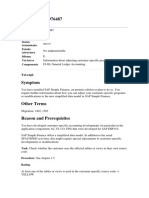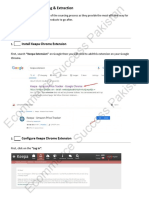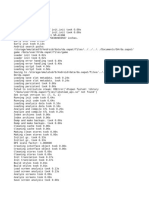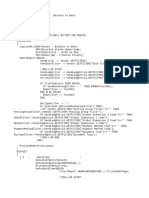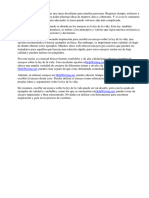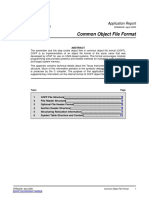0% found this document useful (0 votes)
101 views28 pagesSF Pre2
The document discusses technical changes introduced by SAP's Simple Finance 2.0 update. Key points include:
- Data from various legacy tables is now stored in new universal journal tables to enable a unified data model. Compatibility views redirect selects on old tables to the new tables.
- Examples given include moving data from FAGLFLEXA, COEP, ANEK tables to the new ACDOCA table.
- The update aims to be non-disruptive through compatibility views while standardizing the underlying data model.
Uploaded by
Ranjitha ManikandanCopyright
© © All Rights Reserved
We take content rights seriously. If you suspect this is your content, claim it here.
Available Formats
Download as PDF, TXT or read online on Scribd
0% found this document useful (0 votes)
101 views28 pagesSF Pre2
The document discusses technical changes introduced by SAP's Simple Finance 2.0 update. Key points include:
- Data from various legacy tables is now stored in new universal journal tables to enable a unified data model. Compatibility views redirect selects on old tables to the new tables.
- Examples given include moving data from FAGLFLEXA, COEP, ANEK tables to the new ACDOCA table.
- The update aims to be non-disruptive through compatibility views while standardizing the underlying data model.
Uploaded by
Ranjitha ManikandanCopyright
© © All Rights Reserved
We take content rights seriously. If you suspect this is your content, claim it here.
Available Formats
Download as PDF, TXT or read online on Scribd
/ 28
